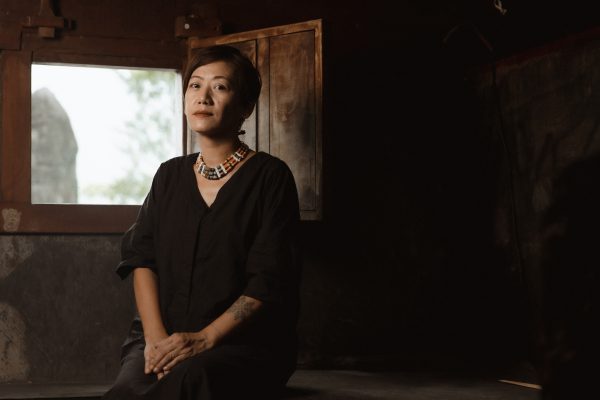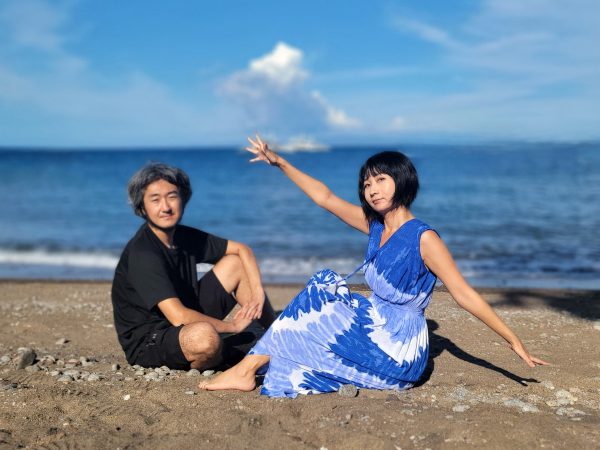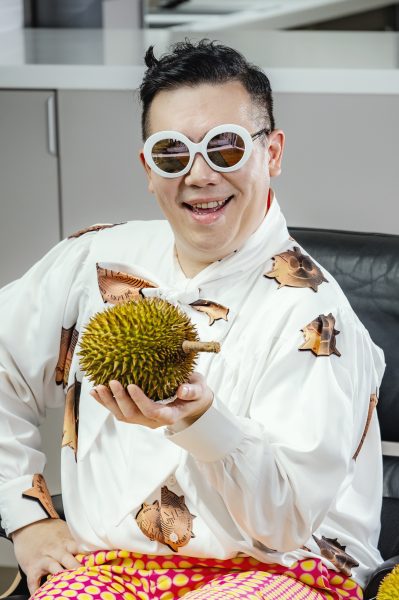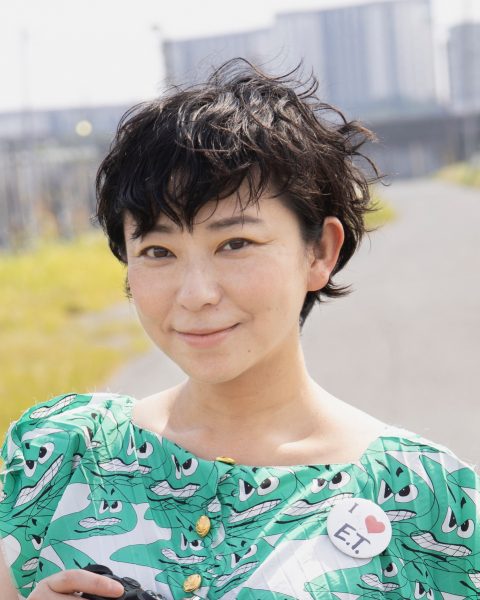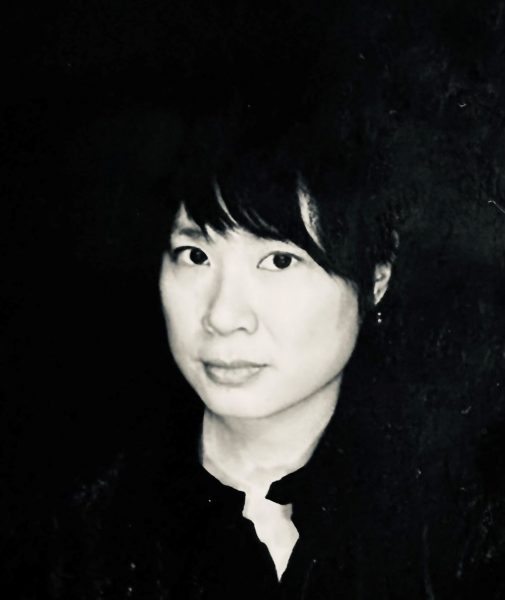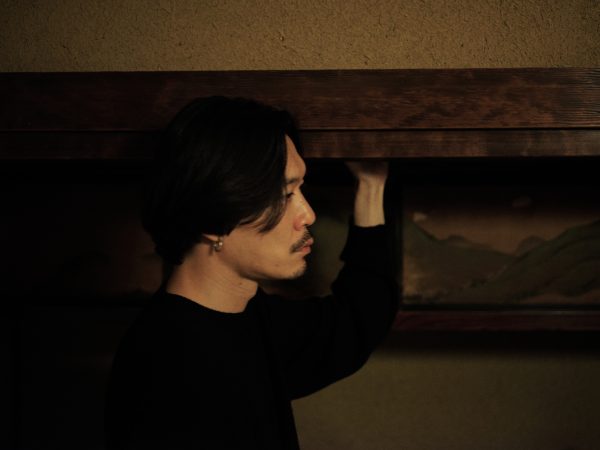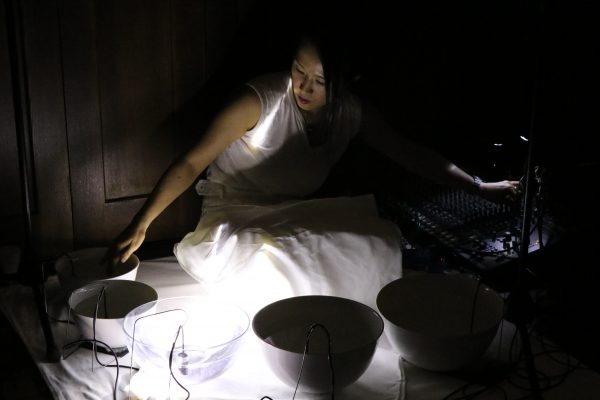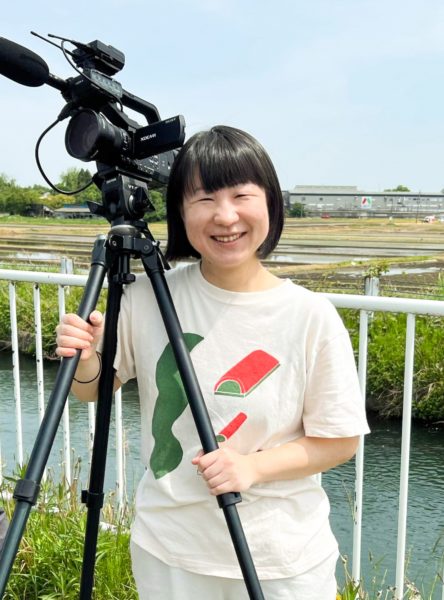Contemporary society upholds the value of diversity, and yet even where people, cultures, and languages seem to share affinities, misunderstandings and misreadings inevitably arise. Armed conflicts persist, structural inequalities remain unresolved, and the frictions of our time multiply without prospect of conclusion. We inhabit an unstable and intricately entangled social condition. The overarching theme of Yebisu International Festival for Art & Alternative Visions 2026 begins with Taiwanese language, introduced by the lead curator, Yu-Hsuan Chiu.
Taiwanese is a language that first spread orally, later shaped by phonetic symbols developed in the 19th century and by written forms using Chinese characters in the 20th century, producing a wide range of literature—including the Taiwanese (Formosa)–Japanese Dictionary, published in 1931. It shares many affinities with Japanese and continues to coexist with multiple systems of notation.
This Taiwanese phrase, composed of the words Jīt-hue1 (日花) and Siann-im2 (聲音), conjures an image of beams of light filtering between trees into a space alive with innumerable voices, none identical to another. Around us too, different voices move and intermingle, overlapping like an ensemble to form a resonant polyphony3. Guided by Taiwan’s language, itself layered with various cultural accumulations shaped by shifting historical currents, Yebisu International Festival for Art & Alternative Visions 2026 seeks to gently illuminate the layered modalities of interaction through which diverse cultures and languages influence one another in contemporary society. Through photography, moving image, sound, and performance, thoughts and presences meet in intersection, resonating and overlapping, albeit sometimes dissonant, to unfold into an intricate visual and auditory polyphony. Individual voices and their states of being will not be effaced; rather, multiple perspectives will converge and expand together. Beyond the museum walls, through the myriad works you encounter within the multilayered spaces of Ebisu, we invite you to savor your own quiet reflections.
- Sunlight filtering through clouds or through the spaces between trees (Taiwanese (Formosa)–Japanese Dictionary).
- Voice, tone, sound, timbre.
- A musical term denoting the coexistence of multiple independent melodies in harmony. In contemporary usage, the concept has been extended beyond music into philosophy, cultural theory, and other fields, where it describes an open structure that enables collective participation.
